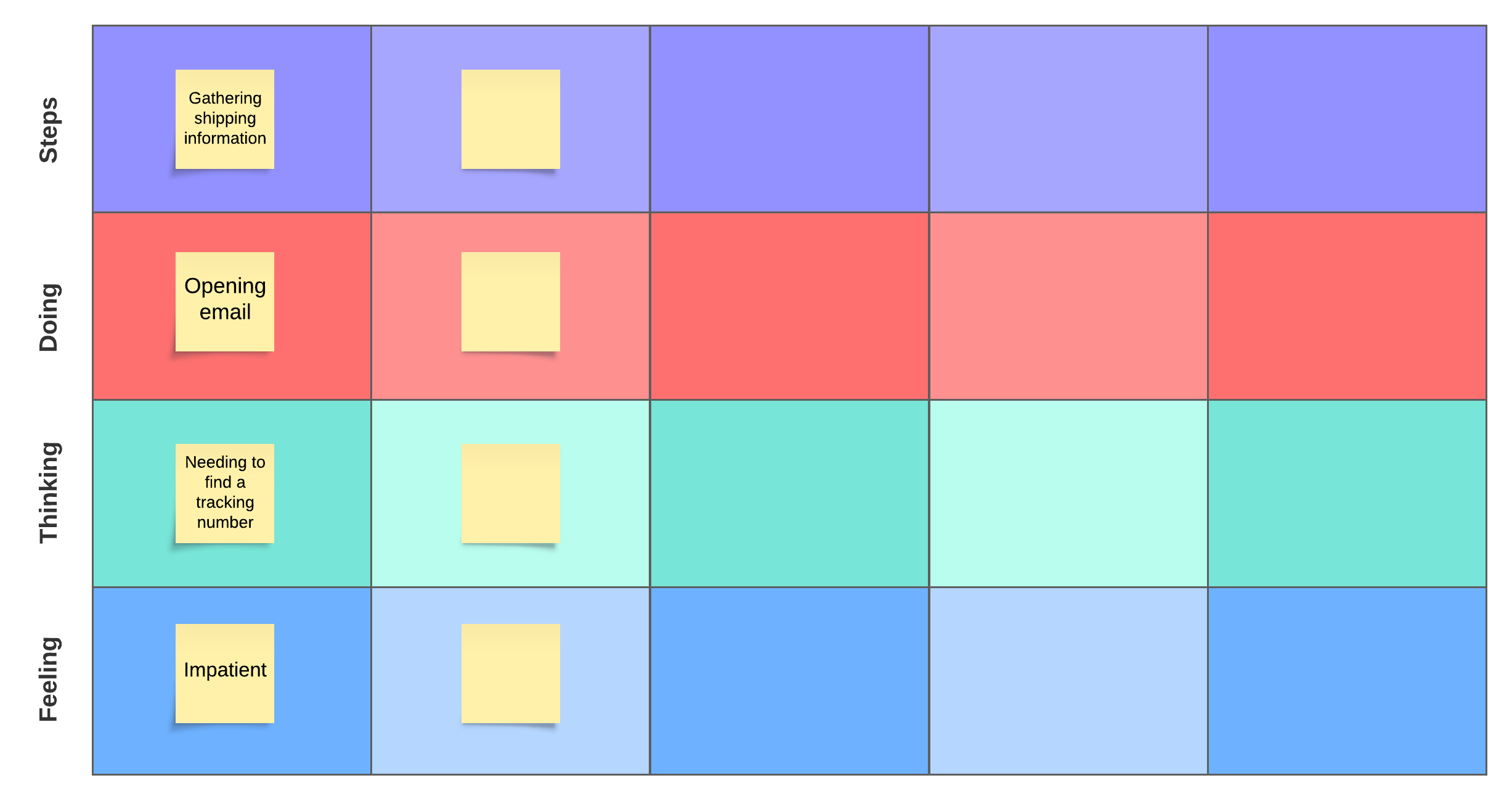

It doesn’t matter how advanced science gets—it’s impossible to predict the future accurately.
Similarly, in business, you can’t predict exactly what will happen with your company, its products, or the industry you work in. However, you can use past experiences and data analytics to predict what might happen in the future and make a plan for it. And that is essentially what scenario planning is.
Scenario planning is an effective management tool that can help you anticipate and prepare for any possible future situations. It is used to tell a story that includes:
Scenario planning encourages team leaders to be more proactive and creative when approaching their plans. It helps you to:
Scenario planning and forecasting are both approaches to preparing for and understanding the future. Sometimes these terms are used interchangeably, but there are key differences.
Forecasting relies heavily on present and historical data, trends, and statistics. It assumes that the future is relatively stable and predictable. If the future looks the same as today, you should be able to make fairly accurate predictions based on your past analysis.
This approach is less creative than scenario planning. It is a short-term method for predicting the future based on known variables and doesn’t consider risks, uncertainty, or potential market shifts. For example, a sales team can predict monthly sales figures based on current and past trends.
Scenario planning is more flexible and creative. It acknowledges risks and uncertainty and lets you consider many possibilities. This encourages creative thinking, which helps you to describe possible scenarios and their outcomes in a compelling narrative.
Depending on your specific needs and objectives, you can use several different scenario planning approaches. These include:
The scenario planning process typically includes the following steps:
Determine what you want to focus on as you develop your scenarios. What are the driving forces that might have an impact on the way you do business?
Create a template that includes the uncertainties and driving forces you identified. Currently, there is no standardized template for scenario planning. A collaborative online application like Lucidspark makes creating your template easy. Or, get started with our free scenario map template.

Develop multiple distinct and plausible scenarios that describe the possible futures related to your selected driving forces. But don’t go overboard—try to focus on two or three significant uncertainties for developing your scenarios.
For example, a car manufacturer must create scenarios for transitioning to electric vehicles. Scenarios might need to address supply chains, a future without gas engines, buying and operating a battery manufacturing plant, research, and development to build long-lasting batteries, etc.
Your scenarios tell a plausible story and include the strengths and weaknesses of your plan.
Analyze each scenario and assess potential risks, opportunities, challenges, and the requirements of each possible future. For example, if you are planning to manufacture batteries for electric vehicles, ask questions like:
After evaluating and refining your scenarios, it’s time to implement them.
After implementing your scenarios, you are not finished with your work. You must monitor the environment and update the scenarios as you get new information. Like most tools that help you to work more efficiently, scenario planning is an ongoing process that includes frequent refinement and adaptation.
Lucidspark brings together teams no matter where they are located to collaborate in real time within the same space. With an extensive library of templates and features, it’s easy to brainstorm and ideate, draw and modify flowcharts and diagrams, and do your best work to accomplish your goals.

Get started with a free scenario planning template.
Lucidspark, a cloud-based virtual whiteboard, is a core component of Lucid Software's Visual Collaboration Suite. This cutting-edge digital canvas brings teams together to brainstorm, collaborate, and consolidate collective thinking into actionable next steps—all in real time. Lucid is proud to serve top businesses around the world, including customers such as Google, GE, and NBC Universal, and 99% of the Fortune 500. Lucid partners with industry leaders, including Google, Atlassian, and Microsoft. Since its founding, Lucid has received numerous awards for its products, business, and workplace culture. For more information, visit lucidspark.com.